Samuel (Samu) Róheim was a winner of the lightning-quick urban development that unfolded after the 1867 Compromise, building a fortune as a timber merchant. He used his riches to build a lavish villa in Herminamező near City Park, according to the plans of Manó Pollák, between 1899 and 1900 on the corner of the present-day Hermina Road and Pálma Street.
However, this beautiful villa, which blends French Renaissance elements with baroque revival architecture and highlights and interior decorations from Art Nouveau and Moorish architecture became well-known not because of its architecture but as the site of a tragic event. On 31 October 1918, the tenant of the villa, former Prime Minister István Tisza, who had resigned in the summer of 1917 was assassinated in the house. (Incidentally, the Prime Minister had been the target of three unsuccessful attempts before the fourth and final one took his life.)

One of the Róheim villa's ground floor rooms, the house in which István Tisza was murdered. Érdekes Ujság, 2 August 1920
Political events after the Second World War also played a role in the future of the villa: for a time the nationalised building was used by the State protection Agency. For most of the twentieth century, it operated as a social home under various names, as a home for abandoned children and a rehabilitation centre for the disabled until 2005. The house, which has been vacant since then, was finally given to its current owner, the Hungarian Corvin Chain Office, in 2015, which has decided to renovate the dilapidated villa.
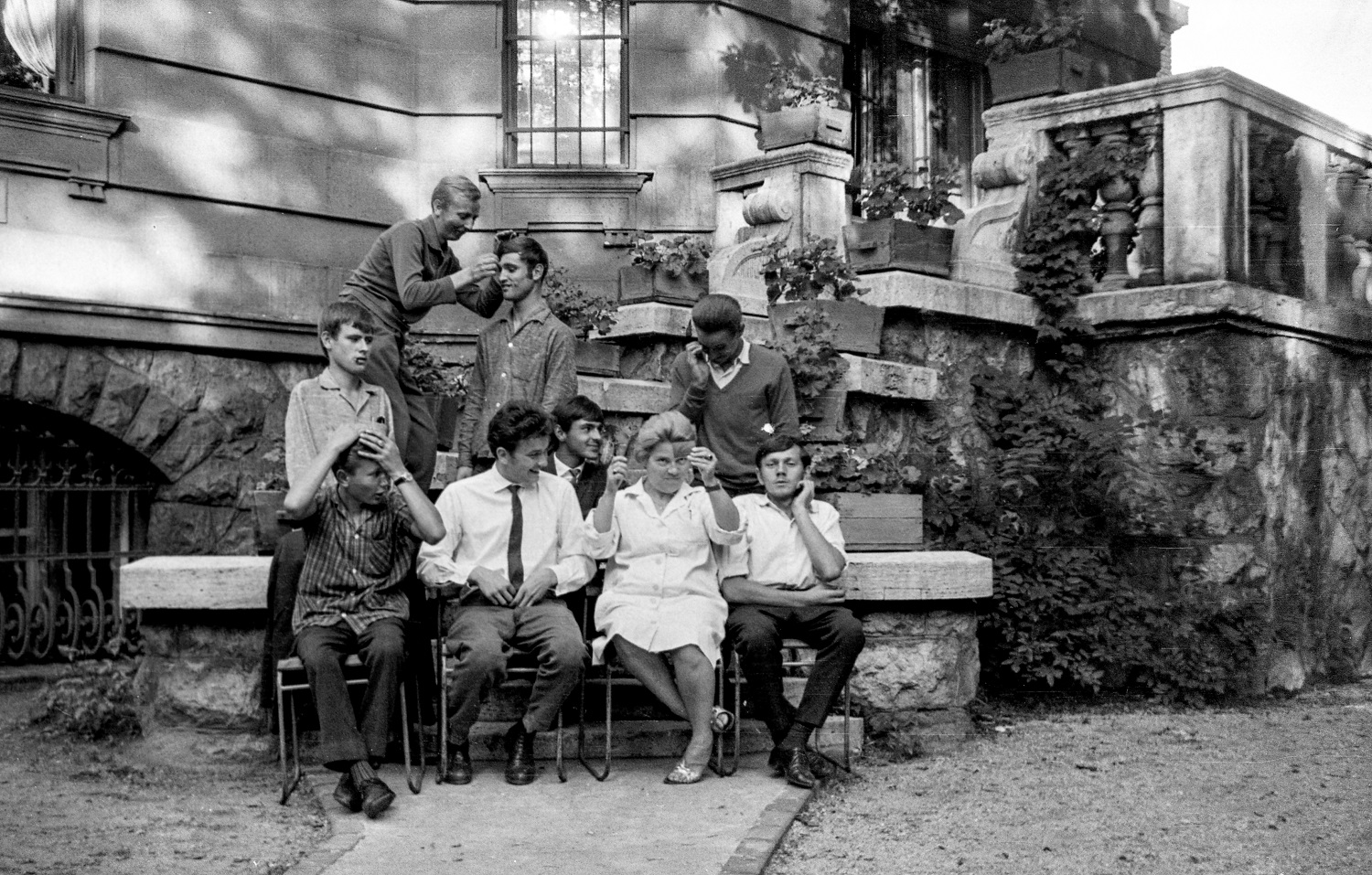
Group photo taken in the garden of the Róheim Villa when it was a children's home, 1967 (Photo: Fortepan/No.: 59415)
Recently published information in the public procurement tender for the reconstruction reveals that the villa has a useful floor area of 2187.78 square meters and will be renovated from the basement to the attic, for more than 4.1 billion HUF. As one of the first elements of this, a special scaffolding was erected around the building to protect it from further water damage. The roof has been leaking for 15 years because of overdue repairs.
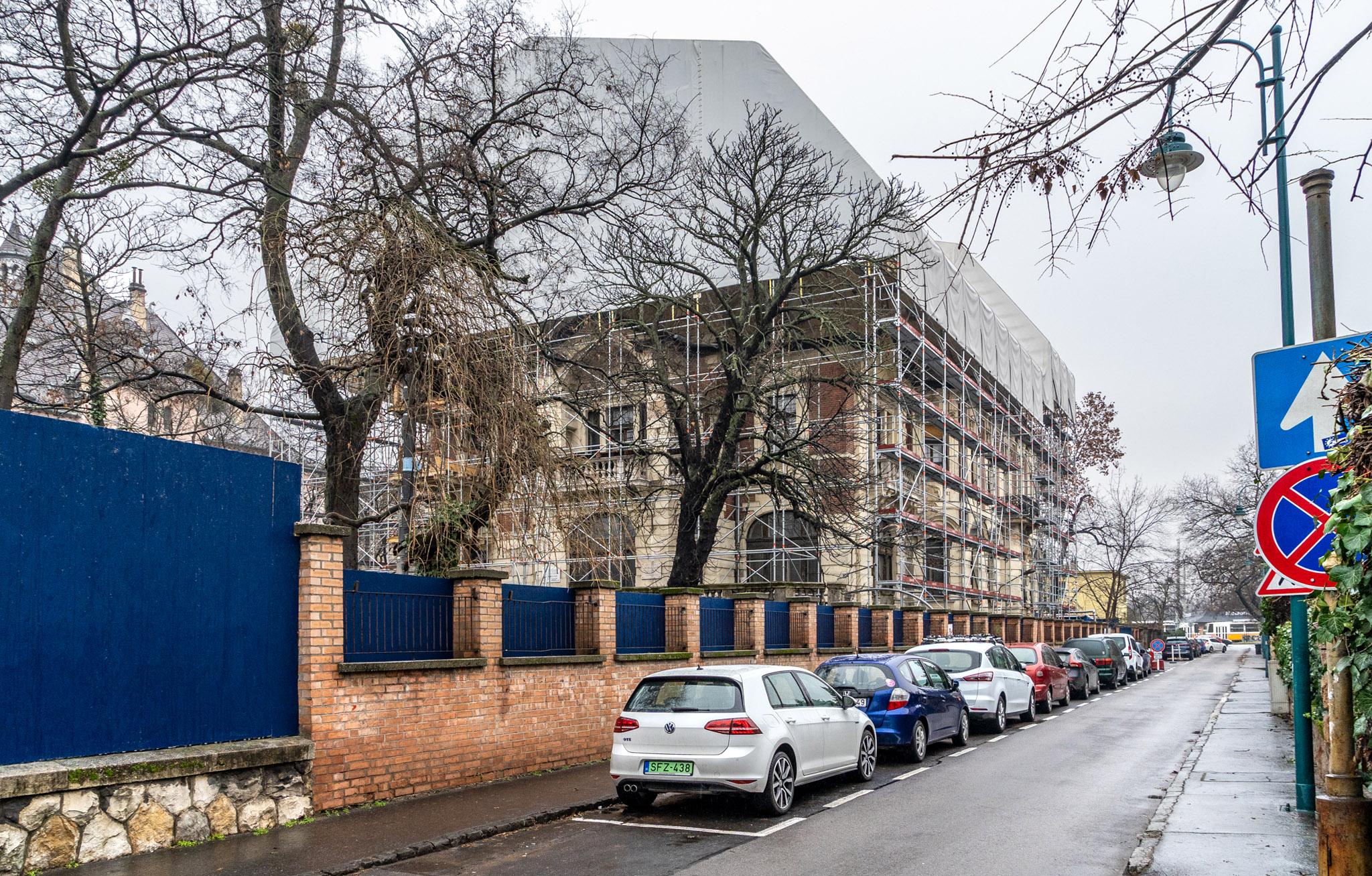
The villa is currently protected by a special scaffolding, which also protects the building from further water damage (Photo: Balázs Both/pestbuda.hu)
There is plenty of work to be done: according to the public procurement notice, the foundations of the building will be reinforced and insulated against water, the facades and the roof, which will be covered with slate, will be renovated in line with laws for the protection of historical monuments. A vertical platform lift and two lifts will also be added to improve accessibility.
The notice highlights that the work must be carried out following the laws regulating historical monuments. Offices, meeting rooms, representative spaces and technical areas will be created in the building. The loft-reconstruction will add flats to the highest floor.
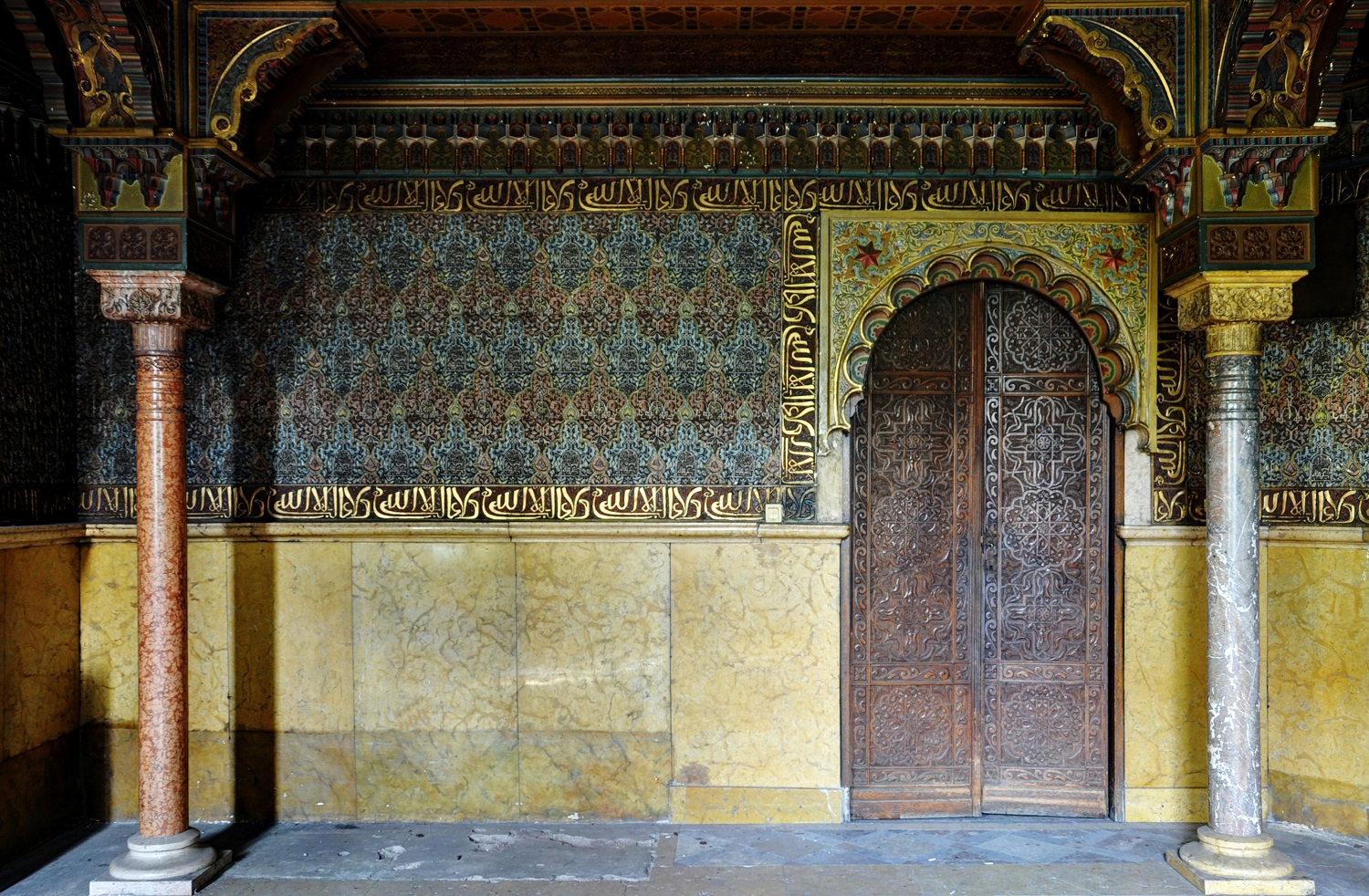
One of the most beautiful rooms of the villa, the lavish decoration of the Moorish room (Photo: Wikimedia)
Over time, much of the villa’s rooms have lost their original character. For example, the foyer was divided into two in the 1950s with a concrete slab, and much of the interior decorations were damaged or destroyed. However, luckily, much of the building's original beauty has survived in its most ornate rooms, according to a video published by the Hungarian Corvin Chain Office. The so-called Moorish room on the ground floor is one example. The decorations followed Moorish traditions. The ceiling of the former dining room of the Róheim family, decorated with Zsolnay ceramics depicting the signs of the zodiac is beautifully preserved. During the renovation, these rooms will be restored to their original form, and where the decoration has been destroyed, a new solution reminiscent of the original will be used.
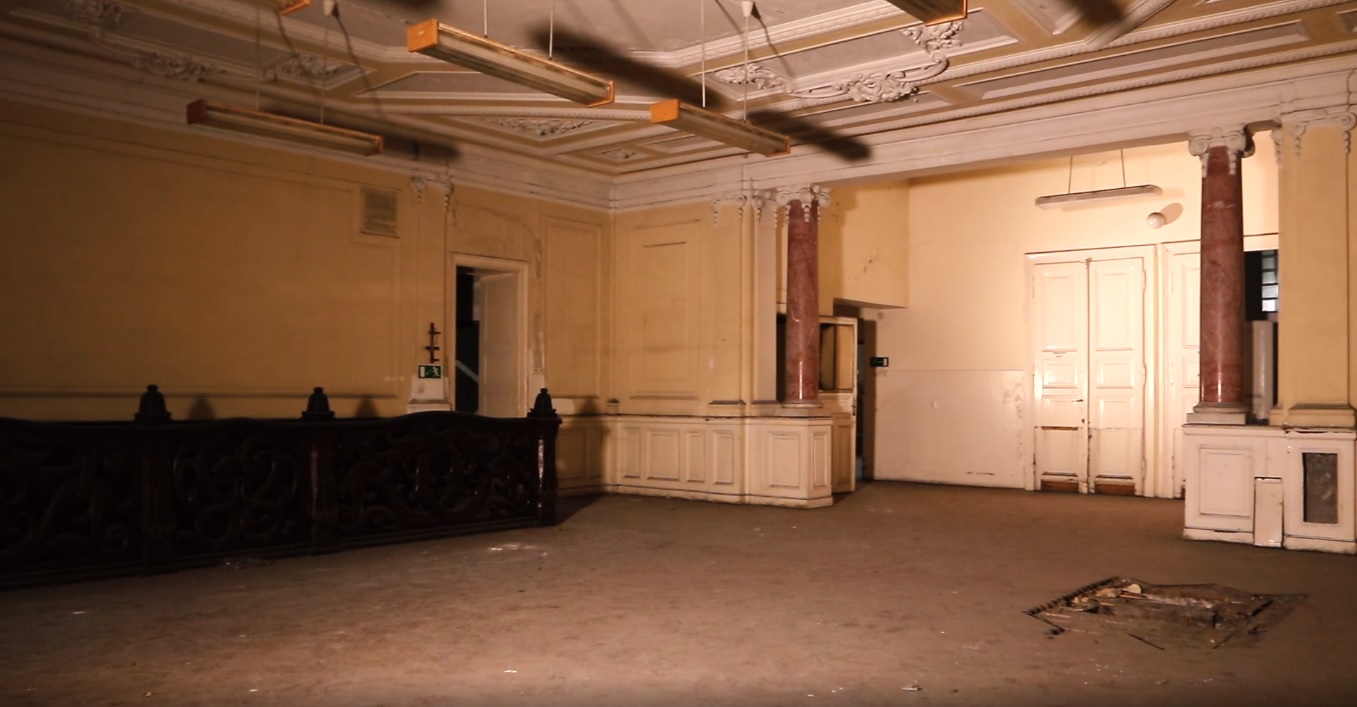 The signs of the alterations are clear upstairs (Photo: frame grab from the video of the Hungarian Corvin Chain Office)
The signs of the alterations are clear upstairs (Photo: frame grab from the video of the Hungarian Corvin Chain Office)
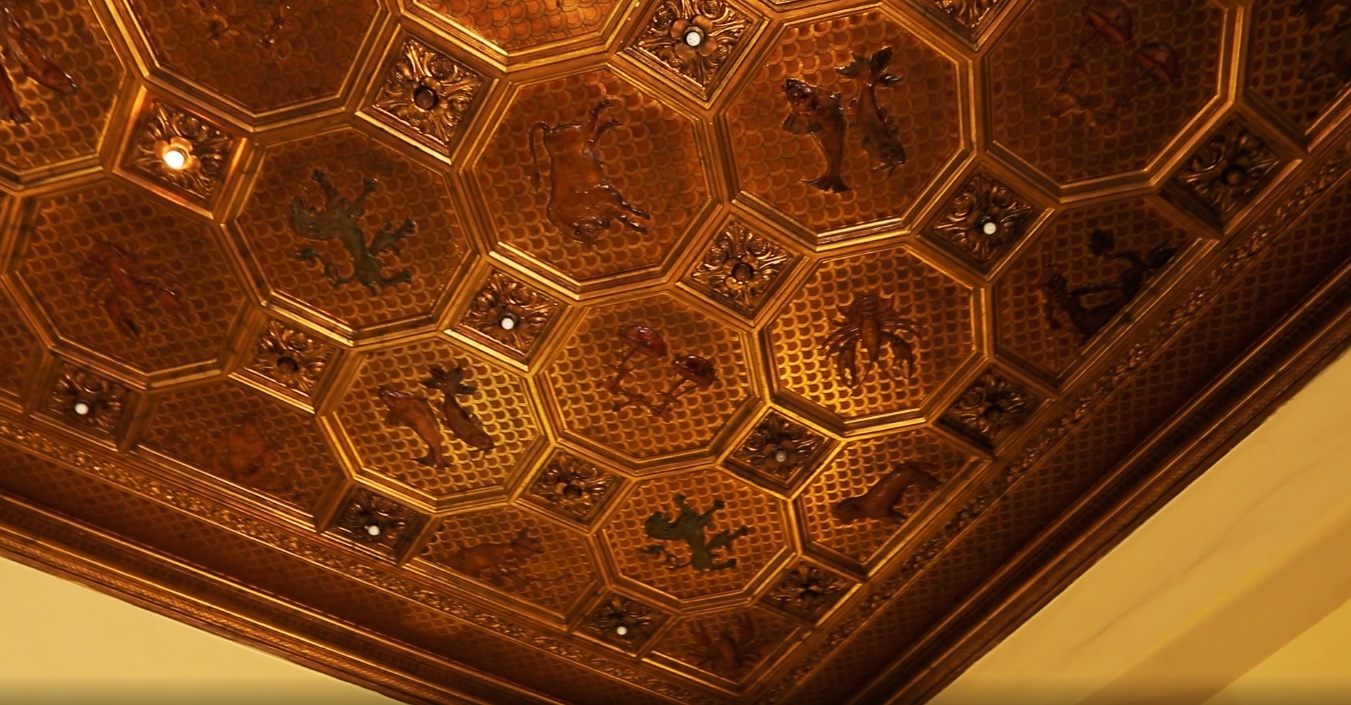
The ceiling of the former dining room of the Róheim family is covered with Zsolnay tiles depicting the signs of the zodiac (Photo: frame grab from the video of the Hungarian Corvin Chain Board)
But what is a renovated building worth if the garden is cluttered? The risk is limited in this case as the garden will also be rejuvenated. All trees were examined, and results determined which trees could be saved, and which would have to be felled. Similarly to when the Róheims lived in the building, a garden pond will again decorate the garden. A fountain will be added in the place of last garden ornaments. A sprinkler system will water the new plants of the garden.
The gigantic scaffolding towering above the building shows that the villa's renewal has begun, ushering in a new era in the building's history. We hope that both the renovation and the future function of the building will be worthy of the outstanding architectural and applied arts work that has made the house one of the cultural treasures of Budapest.
Cover photo: The facade of the Róheim villa on Pálma Street on Google Maps

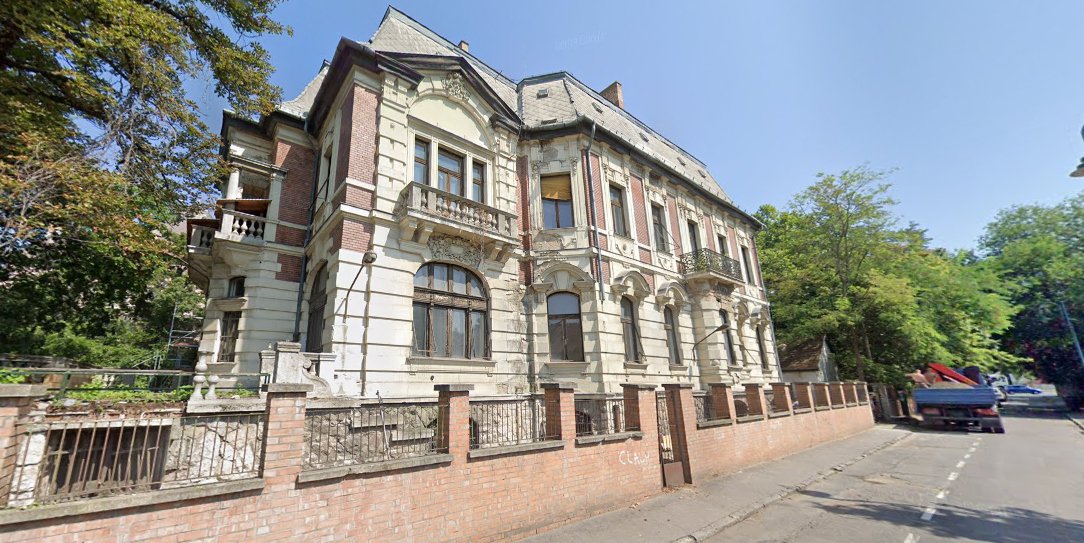




































Hozzászólások
Log in or register to comment!
Login Registration